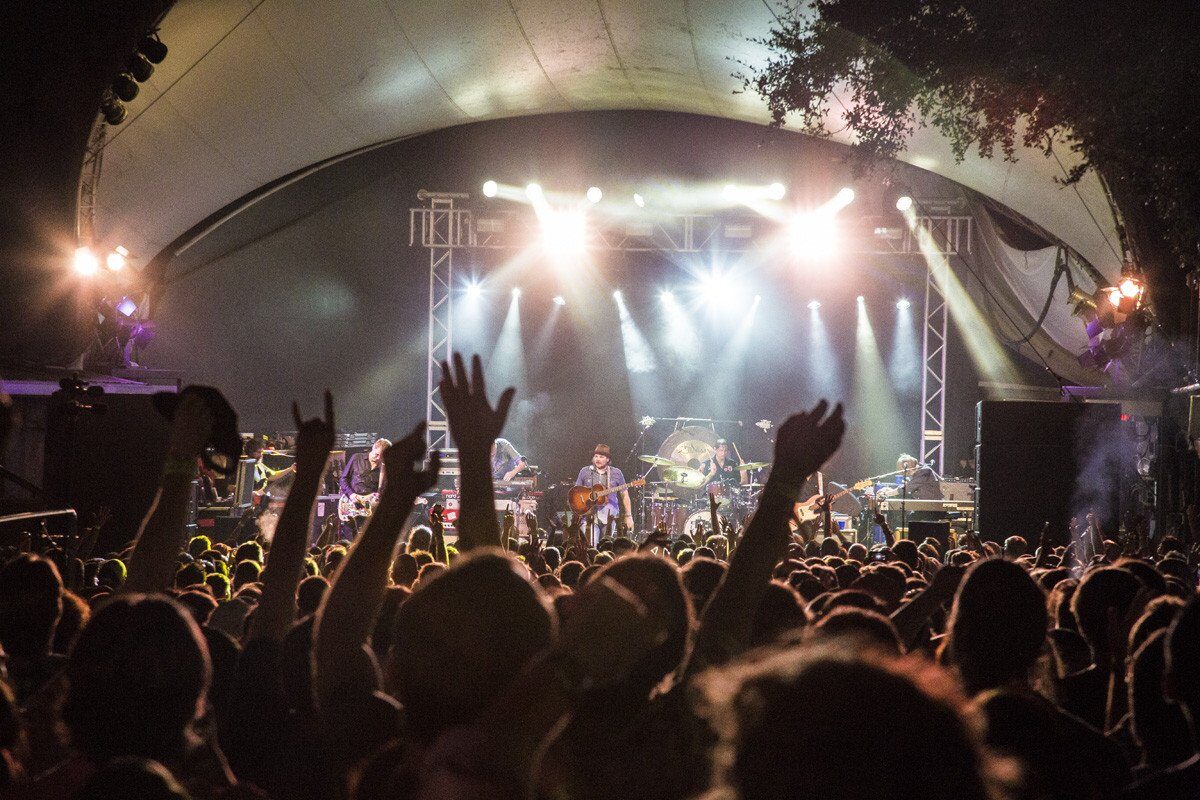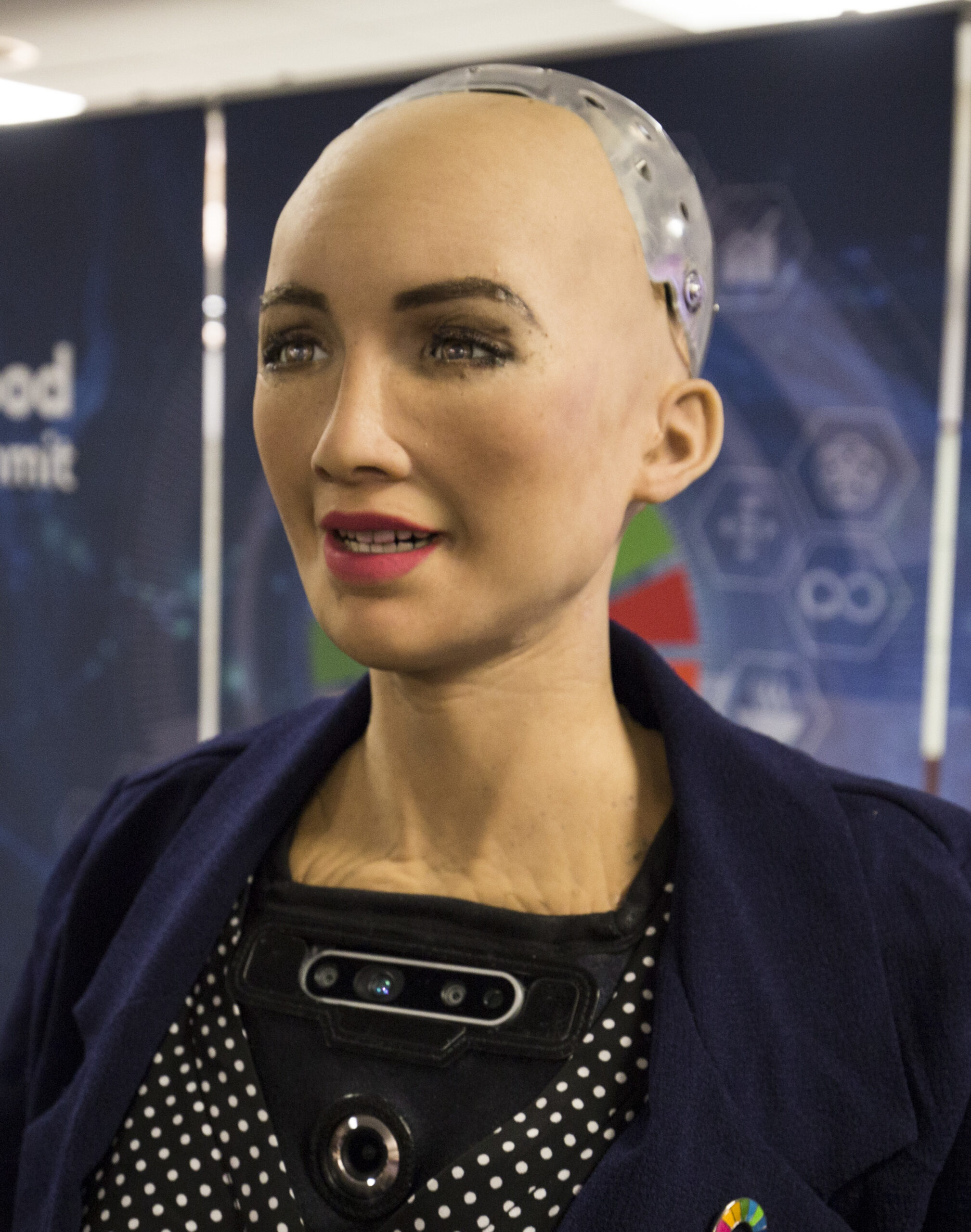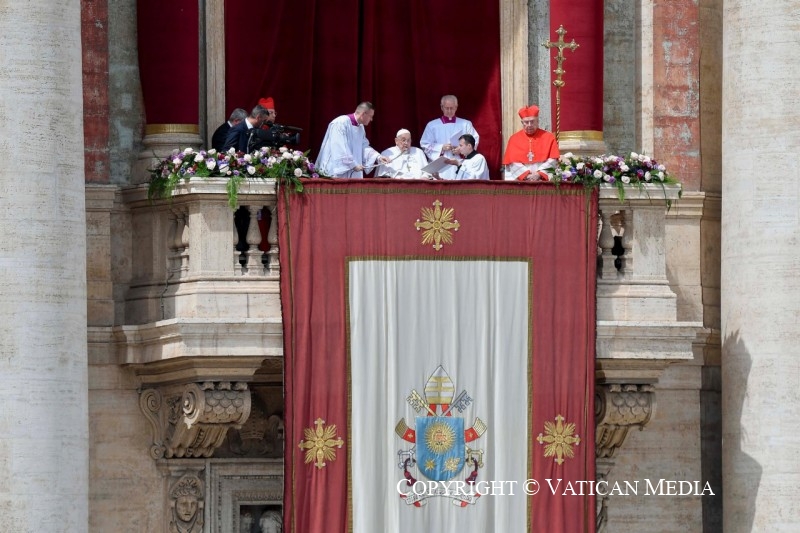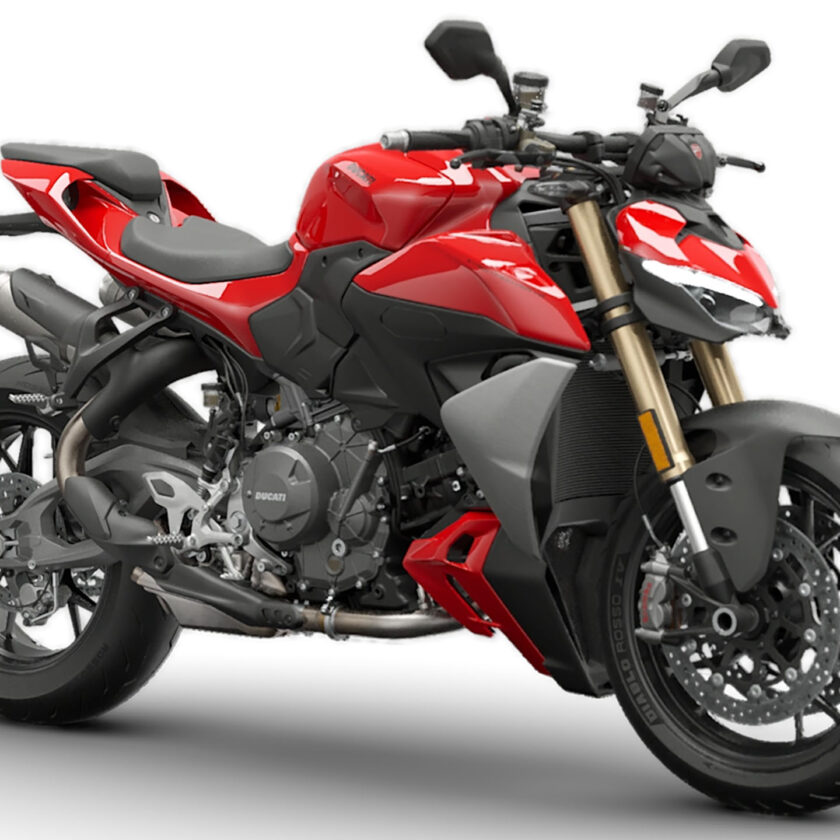The Making of Sophia : About Hanson Robotics: Hanson Robotics is an AI and robotics company dedicated to creating empathetic, living, intelligent machines that enrich our lives. Our innovations in AI research and development, robotics engineering, experiential design, storytelling, and material science bring robots to life as engaging characters, useful products, and evolving AI to achieve the ever-greater good for all. https://www.hansonrobotics.com
Sophia is a social humanoid robot developed by Hong Kong-based company Hanson Robotics.[1] Sophia was first turned on February 14, 2016,[2] and made her first public appearance at South by Southwest Festival (SXSW) in mid-March 2016 in Austin, Texas, United States.[3]
Sophia has been covered by media around the globe and has participated in many high-profile interviews. In October 2017, Sophia “became” a Saudi Arabian citizen, the first robot to receive citizenship of any country.[4][5] In November 2017, Sophia was named the United Nations Development Programme‘s first ever Innovation Champion, and is the first non-human to be given any United Nation title.[6]
Sophia was first turned on on February 14, 2016.[7][8] The robot, modeled after the ancient Egyptian Queen Nefertiti,[9] Audrey Hepburn, and her inventor’s wife,[1][10] is known for human-like appearance and behavior compared to previous robotic variants. As of 2018, Sophia’s architecture includes scripting software, a chat system, and OpenCog, an AI system designed for general reasoning.[11] Sophia imitates human gestures and facial expressions and is able to answer certain questions and to make simple conversations on predefined topics (e.g. on the weather).[12] Sophia uses speech recognition technology from Alphabet Inc. (parent company of Google) and is “designed to get smarter over time”. Her speech synthesis ability is provided by Cereproc’s Text-to-Speech engine and also allows her to sing. Sophia’s intelligence software is designed by Hanson Robotics.[13][14] The AI program analyses conversations and extracts data that allows it to improve responses in the future.[15]
Hanson designed Sophia to be a suitable companion for the elderly at nursing homes, or to help crowds at large events or parks. He has said that he hopes that the robot can ultimately interact with other humans sufficiently to gain social skills.[4] Sophia is marketed as a “social robot” that can mimic social behavior and induce feelings of love in humans.[1][16]
Sophia has at least nine robot humanoid “siblings” who were also created by Hanson Robotics.[17] Fellow Hanson robots are Alice, Albert Einstein Hubo, BINA48, Han, Jules, Professor Einstein, Philip K. Dick Android, Zeno,[17] and Joey Chaos.[18] Around 2019–20, Hanson released “Little Sophia” as a companion that could teach children how to code, including support for Python, Blockly, and Raspberry Pi.[19]
Cameras within Sophia’s eyes combined with computer algorithms allow her to see. She can follow faces, sustain eye contact, and recognize individuals. She is able to process speech and have conversations using a natural language subsystem.[2] Around January 2018, Sophia was upgraded with functional legs and the ability to walk.[20] CNBC has commented on Sophia’s “lifelike” skin and her ability to emulate more than 60 facial expressions.[21]
Sophia is conceptually similar to the computer program ELIZA, which was one of the first attempts at simulating a human conversation.[22] The software has been programmed to give pre-written responses to specific questions or phrases, like a chatbot. These responses are used to create the illusion that the robot is able to understand conversation, including stock answers to questions like “Is the door open or shut?”[23] In 2017 Hanson Robotics announced plans to open Sophia to a cloud environment using a decentralized blockchain marketplace.[24][25]
David Hanson has said that Sophia would ultimately be a good fit to serve in healthcare, customer service, therapy and education.[26] In 2019 Sophia displayed the ability to create drawings, including portraits.[27]
Sophia the robot just sold an original digital artwork as an NFT for $688,888. This is the latest example of the boom NFTs and blockchain have created in the digital art sector. Sophia’s NFT was a collaboration between her creator David Hanson and digital artist Andrea Bonaceto
Reuters



















 . A church...
. A church...





 bike is sick!!!!! Ducati is always making a pretty sled, but this bike incorporates many thoughtful updates and the...
bike is sick!!!!! Ducati is always making a pretty sled, but this bike incorporates many thoughtful updates and the...